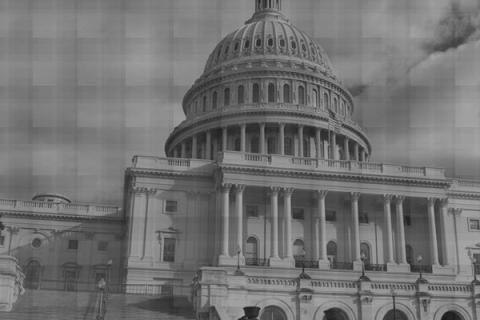The California Public Employees' Retirement System (CalPERS) announced a disappointing 1.1% return on its investments for calendar year 2011. By its own estimates, it needs to average 7.75% a year to meet current and future obligations for its approximately 1 million members and 500,000 retirees. Some years, like in 2009 and 2010, it did better than the average. But when the real estate bubble popped in 2008, it had severe losses.
The big problem that CalPERS (and all pension funds) face is that the amount they must pay out in pensions and medical benefits is increasing steadily while income fluctuates. In addition, more than a few think a 7.75% return year after year is unrealistic, that trying to meet that target means taking unnecessary and possibly quite costly risks. We are talking retirees' money here after all. CalPERS isn’t a hedge fund nor should it be run that way.
In the past ten years, there have been two stock market bubbles, then collapses. The dot com implosion singed many but had no systemic effects. However, the real estate implosion took down the economy with it, and we’ve yet to recover. The entire Eurozone with its ever-looming sovereign debt crises are another example of how assuming a specified return can be difficult in normal times and near-impossible in shaky times like now. Even if CalsPERS owns no sovereign debt, others do. Wobbly financial times impact everyone.
But CalPERS and the other big public pensions can, by law, force the State of California to make up any funding shortfall it has. Even in 2010, when CalPERS returned 12.6%, the State of California made contributions of several hundred million to CalPERS and CALSTRS (the teacher pension fund.) This year it will be over $3 billion. Private pensions can only dream of such guaranteed funding. And where’s the incentive to conservatively manage retiree pension money when the State can be told to make up any shortfall?
Private pensions also have much stricter accounting rules than public pensions. Forbes explains:
States and localities assume they will benefit from the high returns of having part of their portfolio invested in equities, without accounting for the increased risk. This allows public pensions to hide the true cost of public pensions from taxpayers, contributing to the massive pension funding crisis which we now face in the U.S.If public pensions had to follow the same rules as private pensions, their ability to meet obligations would be questioned by many. This begs the question. Why are public pensions allowed to operate under much looser standards than private pensions?
A new state advisory board is now including a “sensitivity analysis” in its projections for the public pensions. It factors in what the employer would have to pay given differing pension fund returns. If it hits that 7.75% mark, then employers pay 19.5%. But if the fund should drop just 4% in the next few years, then employers would have to put up 28.9%. These employers are public entities, so the amount will eventually come, in one way or another, from California taxpayers.
California has huge unfunded pension liabilities at all levels. These won’t go away by assuming perkily optimistic returns during unstable economic times.

